Introduction to Account Abstraction | Holdstation
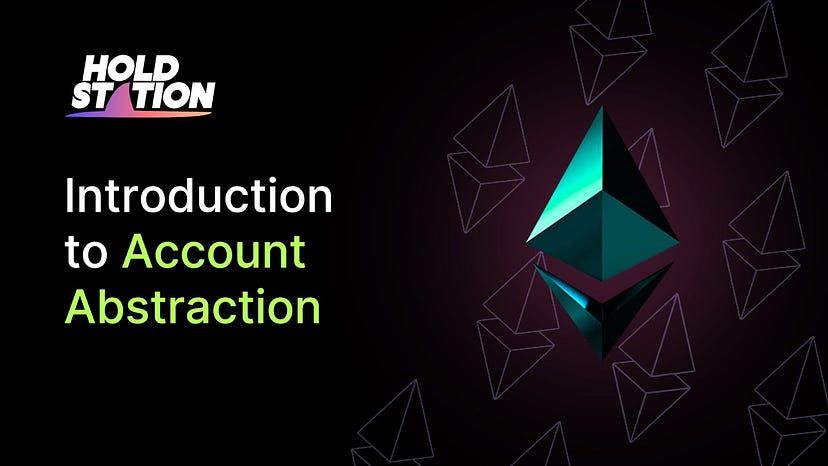
As you navigate the exciting terrain of Defi, you’ve probably encountered terms like ‘Account Abstraction’ and ‘ERC-4337’ alongside other technological innovations. Ever wonder what they are exactly?
In this article, Holdstation will help you to break down these terms, provide insights, and explain how this feature can shape the future of decentralized finance.
The remain problem
When interacting on Ethereum and other blockchains, the user’s interaction relies solely on Externally Owned Accounts (EOA). You can see it as the key for users to open the gateway and get access to blockchains. These EOAs are managed with private keys, typically generated from a seed phrase. Not only interactions with EOA are complicated, but also, because of its nature, EOA is the only way to initiate transactions or execute smart contracts. Thereby, these drawbacks limit how users can interact with Ethereum.
These issues persist until Account Abstraction comes into play.
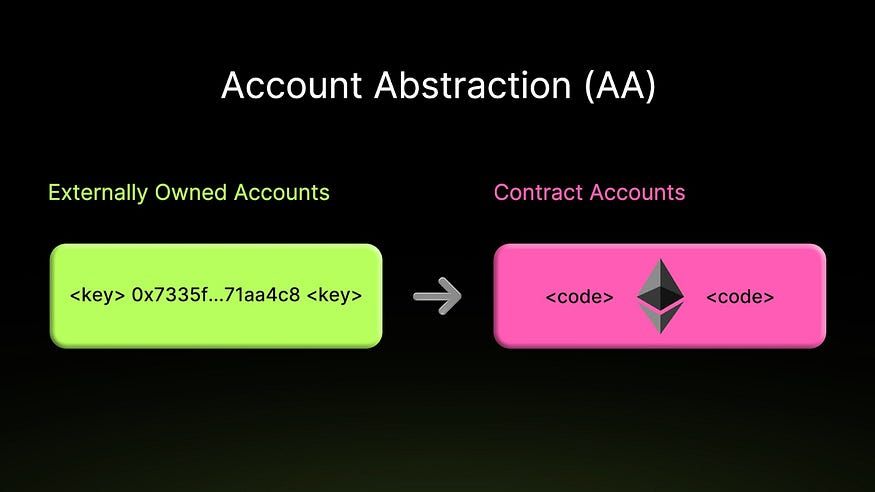
What is Account Abstraction?
Account abstraction (AA) is an approach to make transactions on the blockchain customizable beyond the traditional rules of the Ethereum Virtual Machine(EVM).
Traditionally, on networks like Ethereum, a transaction is considered valid if it meets certain criteria, such as:
- Having enough balance to pay for gas
- Having the correct nonce to ensure that every transaction is unique
- A valid digital signature to identify the account on the Network.
Account abstraction allows developers to define their own set of conditions above, under which a transaction is deemed valid, by turning every Externally Owned Account (EOA) into a smart contract, or ‘smart account’.
How AA enhances user experience
Assume you are an Uber driver, with a car (an EOA), and many passengers( transactions). You can not deliver all passengers to multiple places at once, as well as you have to pay gas for every departure. You also need to verify that the passenger is yours, not somebody else’s. These can be a very time-consuming, complicated, and costly process.
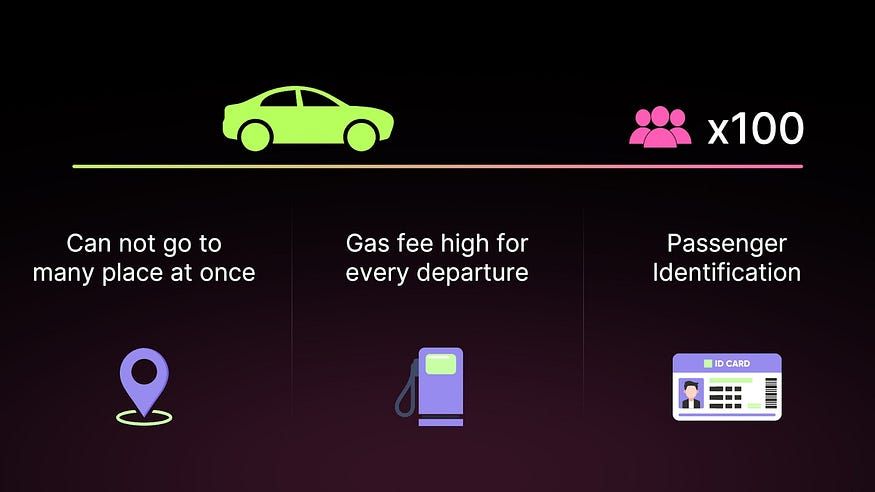
The above are comparable to interacting on Ethereum, you only have one private key for an EOA, cannot do batch transactions, and it always requires you to keep ETH in the balance to cover gas.
To solve the problem, you as a user can now switch to operating a smart high-speed rail, automatically get all of your passengers on board, and deliver them to their destination. Now gas is paid only once, passenger fees can be sponsored (as a discount), and if anyone forgets their ticket, they can use their info to get it back.
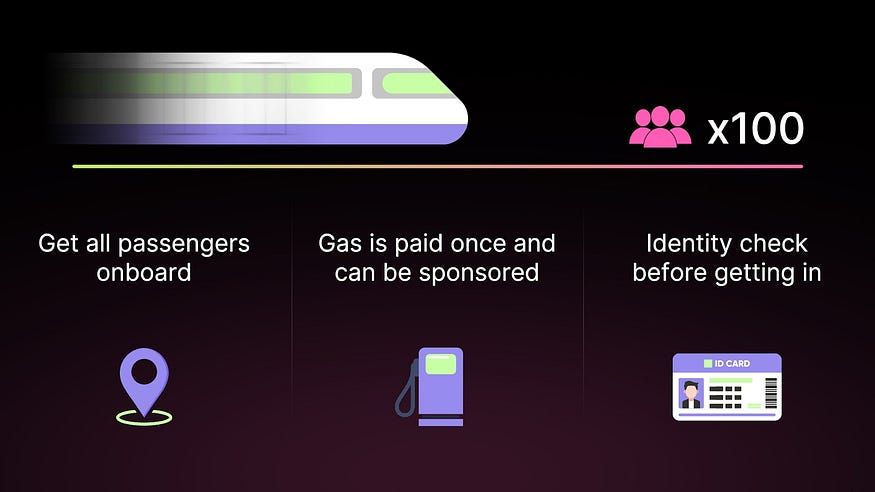
This is exactly how Account Abstraction could benefit users, including:
- Recover the account if you lose the private keys
- Pay someone else’s gas, or have someone else pay yours
- batch transactions together (e.g., approve and execute a swap in one go)
And many more.
The ERC-4337 implementation
The implementation of Account Abstraction on wallets is called Smart Contract Wallet. Currently, creating smart contract wallets is tough due to the limitations of Ethereum Virtual Machine (EVM) compatibility.
ERC-4337 is the most recent standard of Account Abstraction, which makes creating and managing Smart Contract Wallets on Ethereum smoother, by simplifying the on-chain and off-chain infrastructure through mutualization, without confronting the nature of the blockchain.
AA on zkSync Era
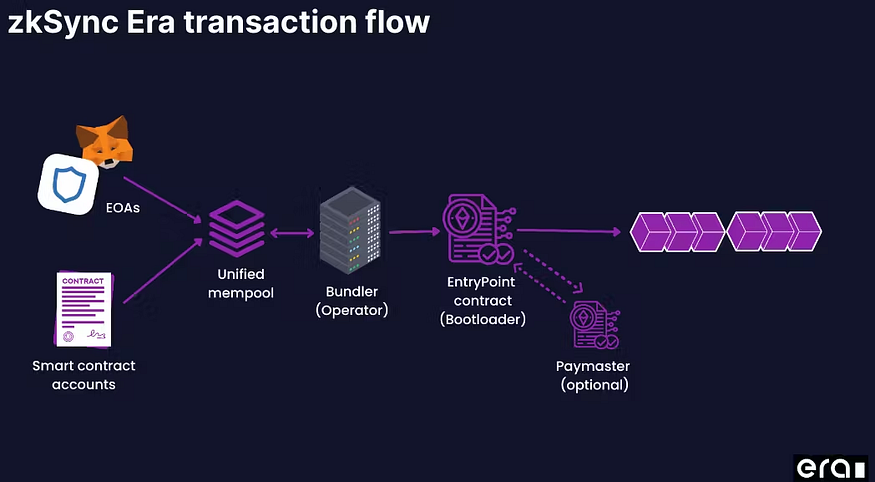
zkSync Era is the first EVM-compatible chain to implement native account abstraction. On this blockchain, AA fundamentally changes how accounts operate by introducing the concept of Smart Accounts and Paymasters.
Smart Accounts, as mentioned earlier, help make EOA a ‘smart account’.
Paymasters, conversely, can sponsor transactions for users, enabling users to pay transaction fees in ERC20 tokens.
These innovative approaches to account management significantly enhance user experience, security, and flexibility, paving the way for the broader adoption of blockchain technology.
AA on Holdstation
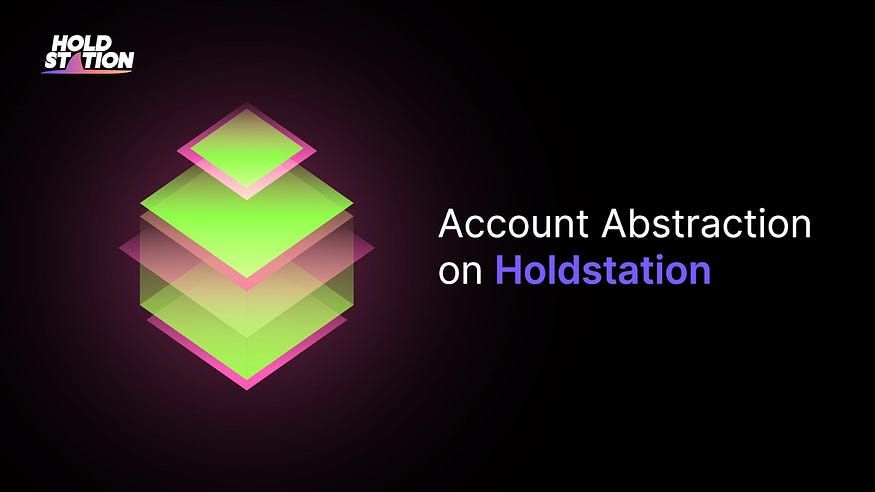
Currently, Holdstation has implemented Paymaster, which gives us the ability to sponsor gas fees for your transaction, and gives you the option to pay gas using USDC and USDT, other than ETH.
Moreover, the AA implementation of our ecosystem will not end here. Soon, you’ll be able to experience Holdstation with:
- Token swaps without approvals
- Log in using web2 methods like Twitter or Discord
- Have a seamless and user-friendly experience for interacting with the blockchain
- Saves users time and money by streamlining the token swap process and reducing gas fees.
Stay tuned and get ready to explore more!
Conclusion
The advancement of Account Abstraction emphasizes the commitment to innovation within the blockchain community, positioning blockchains for a future of greater decentralization and accessibility, or what we normally call: ‘crypto mass adoption’
Holdstation is proud to be a pioneer in implementing AA for exceptional user experience. With this feature, we are transforming the way users interact with our platform, making it more efficient and user-friendly than ever before.
Your Gate to Web3 💜🦈
Holdstation Homepage: https://holdstation.com
Holdstation Official Links: https://link3.to/holdstation
